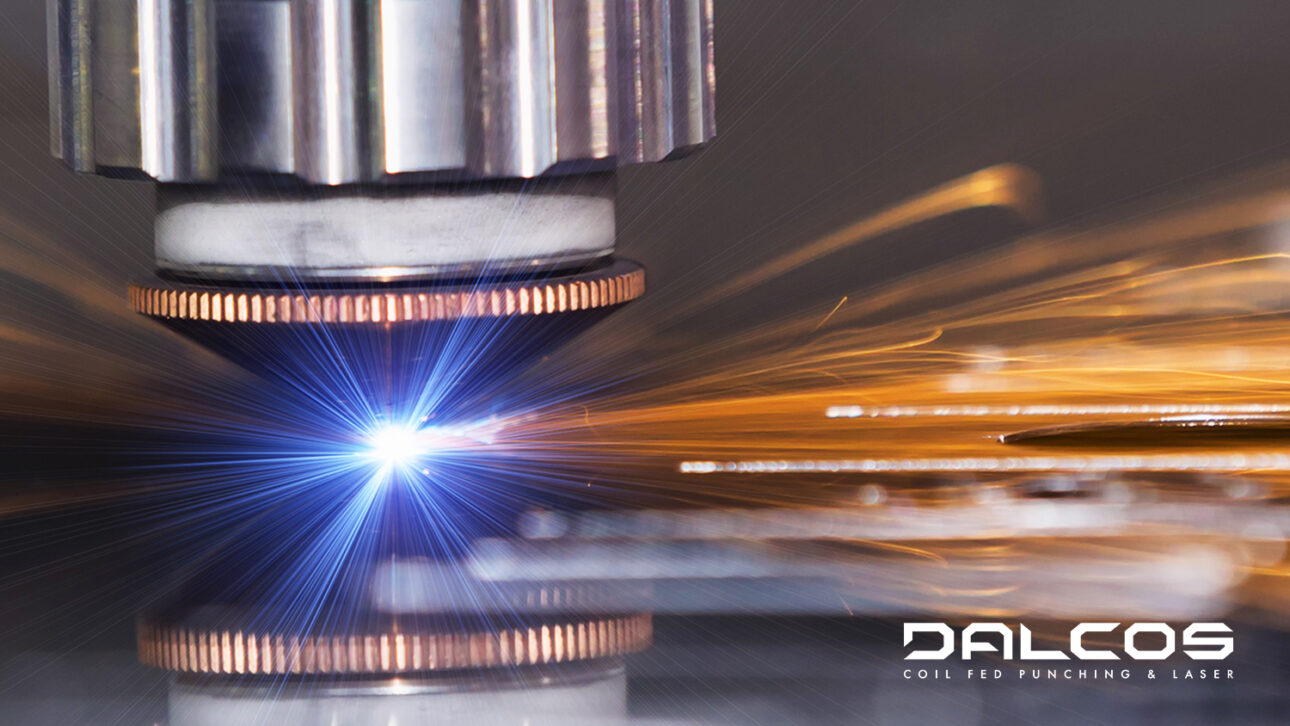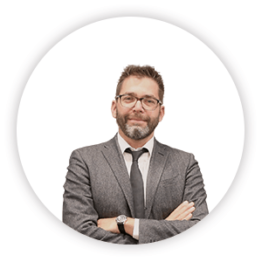COIL LASER CUTTING – The Case Study of Captive Aire and its 5 high-efficiency cutting systems

Captive Aire is an American customer of ours, which produces extractor hoods for industrial kitchens.
These machines are made of stainless steel and have panels that can measure up to five meters in length.
The problem that CaptiveAire had was the huge waste of material. In fact, the panels continuously varied in size and length: that made it necessary to use a laser system for production, but working from sheets would have meant extensive material waste.
In fact, if the panels had to be obtained from pre-cut sheets, it would have been necessary to maintain a huge warehouse of panels of different sizes to try and limit waste as much as possible or, alternatively, to accept a very high percentage of waste.
Taken from the book « The Revolution of Efficiency«
The production of light sheet metal carpentry requires the production of punched and notched panels, which are folded using panel benders or bending presses.
The traditional way of producing punched panels is to start from standard or special format sheet metal, using turret punching machines or sheet-fed laser cutting machines.
This requires that the panels be nested within the sheet to try to make the best use of the raw material (nesting) and it needs to take into account numerous factors, for example: allowance, the position of the punching machine clamps.
When long products have to be made, the sheet is almost never the correct length. Which can generate up to 25% of scrap, from each sheet that makes this part!
These represent unnecessary costs that are absolutely unacceptable for many companies.
Stainless steel is also an expensive material, so they contacted us for a solution.
They also had two other problems:
The panel designs were automatically generated by a program and Captive Aire didn’t want to waste time programming the machine.
Furthermore, once produced, the pieces had similar dimensions and therefore were difficult for the operator to recognize.
Our solution was the first Coil To Laser system to be installed in the United States and Captive Aire currently already has four systems of this type operating in different factories.
With in-line processing and thanks to the vision system integrated into the machines, the system allows the production of panels up to five meters in length.
To make panels so long, the machine performs two repositioning’s and it is very important, especially on longitudinal cuts, for the cut to resume in the correct position. This is very difficult, almost impossible, on coil-fed machines that rely on lateral guides alone!
Instead, thanks to our vision system, production was – and is – always reliable and precise.
The machine positions the panels on the surface of the coil dynamically, always trying to optimize the length of the panels in the portion of the coil being processed.
The panels that make up a machine could also be put together in a work “kit”: that way we were sure that the cut sheet that came out of the machine had all the components that made up any given extractor hood.
In this case, the return on investment plan was primarily based on the savings generated by the machines compared to traditional sheet systems, as can be seen in the example below:

We then introduced two other solutions to further improve the return on investment.
The first was dynamic programming: to avoid having a programmer in the office to create the cutting paths, we adopted an automatic programming system for them, developed using Radan software.
The electronic drawings produced by the program were already assembled in the form of a work kit. These were simply placed into the program that automatically generated the cutting paths and the Job Lists using drag and drop.
The problem of recognizing the pieces in the kit remained. An operator received a sheet with nested pieces in different positions, with dimensions that sometimes differed only slightly, and it was impossible to recognize them.
Our team of programmers suggested adding an inkjet printer to the output of the machine, so that every detail could be identified legibly by the operator.
Below, you can see the video of the first machine delivered, when machines were still branded Dalcos:
The recognition of the pieces and the printers on board the four machines – the fifth will be delivered in 2020 – have become so important in their work cycle that Captive Aire has purchased a back-up printer for each line!
Here’s what Bill Griffin, vice president of engineering for the group, says:
“Andrea and his team provide high-level customer service. The Dallan company is very clean, well-organized and provides high quality products and services. The group and the people make you feel part of the team and guarantee aftersales product support.”
Bill Griffin
Many other companies have started to apply coil-fed laser cutting systems and even combined punching and laser cutting systems, with great benefits in terms of material use.
For example, Rheinzink produces pure zinc roofing, including a large range of related accessories.
The accessories differ greatly from one another, so two years ago they installed a servo-electric punching system with laser cutting for their production.
Christophe Guinet, director of production and research and development at Rheinzink France, explains the investment in the Coil to Combo combined punching/laser machine system.
“We had to replace the zinc sheet cutting equipment, which involved milling. The machines had become obsolete.
The goal was to optimize our production to render it repeatable, industrialize it for the future and quickly amortize the investment based on the productivity achieved by the simultaneous punching and laser processing of the Coil to Combo system. We also reduced the number of zinc sheet formats that we had previously managed (up to 100 different types of sheets per day!). Hence, investing in a combined coil-fed punching/laser machine greatly simplified production.
We used different sheet formats in order to try and optimize processing to save material. Dallan and Sigmanest software led to an additional saving of 5 to 10% on material: our products are quite suited to being placed on a conveyor belt and the combination of punching and laser operations allows us to optimize the processing cycle for each product.
When choosing the technology, we were able to visit some of Dallan’s installations and that was very important, together with the technical support we received from Mr. Mangin and the Dallan technical team, right from the start of the project.
The introduction of the Coil to Combo system allowed us to progress from a saturated processing system which used obsolete equipment with high maintenance requirements to a modern, quick and practical system that starts from a large 5-ton coil. This has allowed us to develop lots of new products (and eliminate outsourcing) and we expect to achieve an OEE of over 85%.
It was important for us to find a company that was open, competent, reliable and a recognized market leader, able to provide us with valid solutions, prompt support and capable of keeping our facility up to date, if necessary.”
Christophe Guinet
Roto Okna manufactures roof windows in Poland. They currently use a Dallan parametric punching, profiling and cutting line for finishing profiles and also use a Coil To Laser system. Arkadiusz Guz, production manager, says:
“I have had the pleasure of visiting Dallan’s factories a few times. There’s a lot you can say about them, but in my opinion it’s best to see things in person and experience the team spirit fostered by the owners. I’ve never seen a team or a company so open to customer needs, with such great respect for quality and such a high level of technology. I’ll definitely be back :-)”
Arkadiusz Guz
To discover more about our Coil to Laser Systems, contact us using the button here below.

Andrea Dallan
CEO – Dallan Spa
